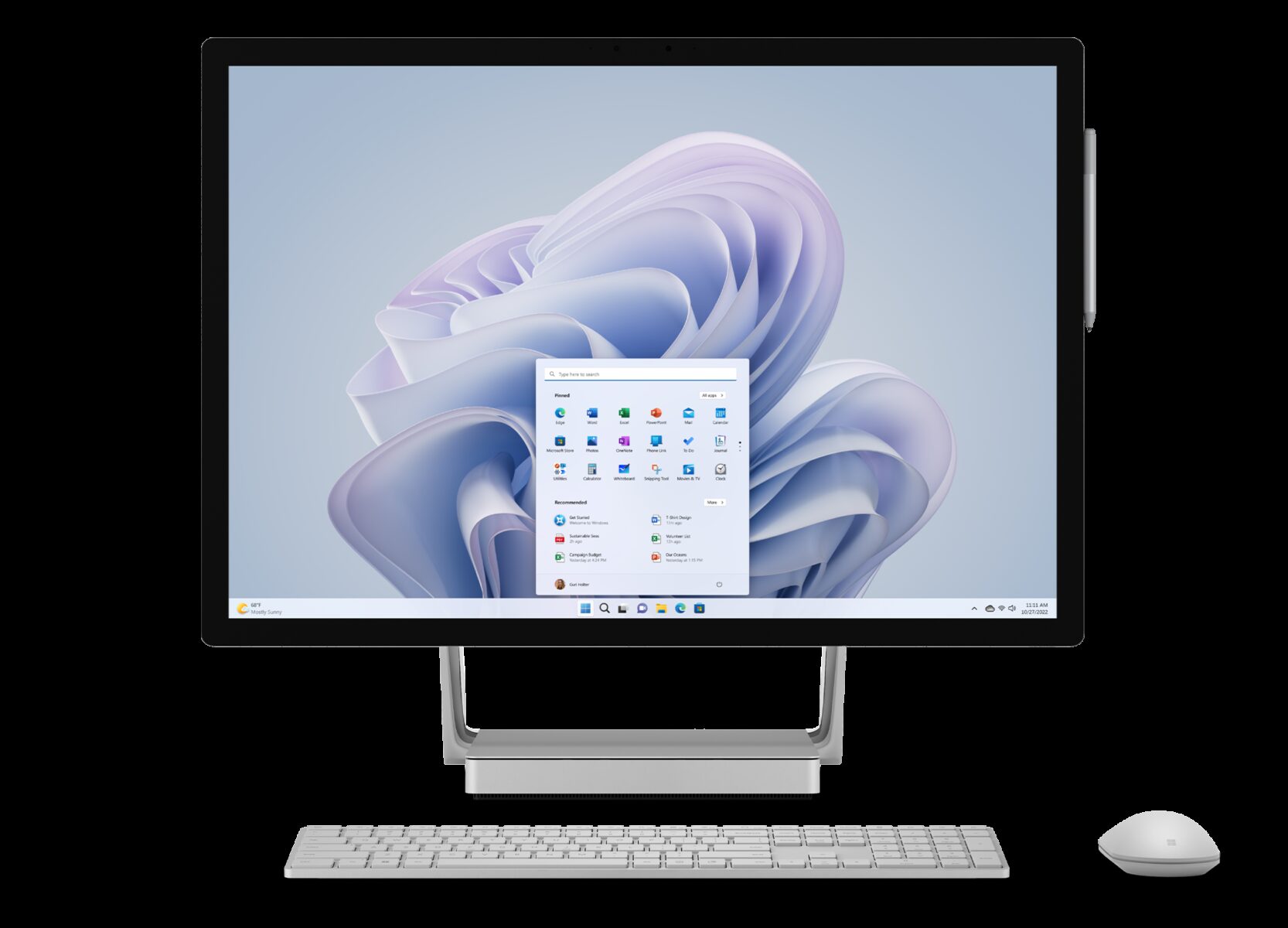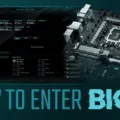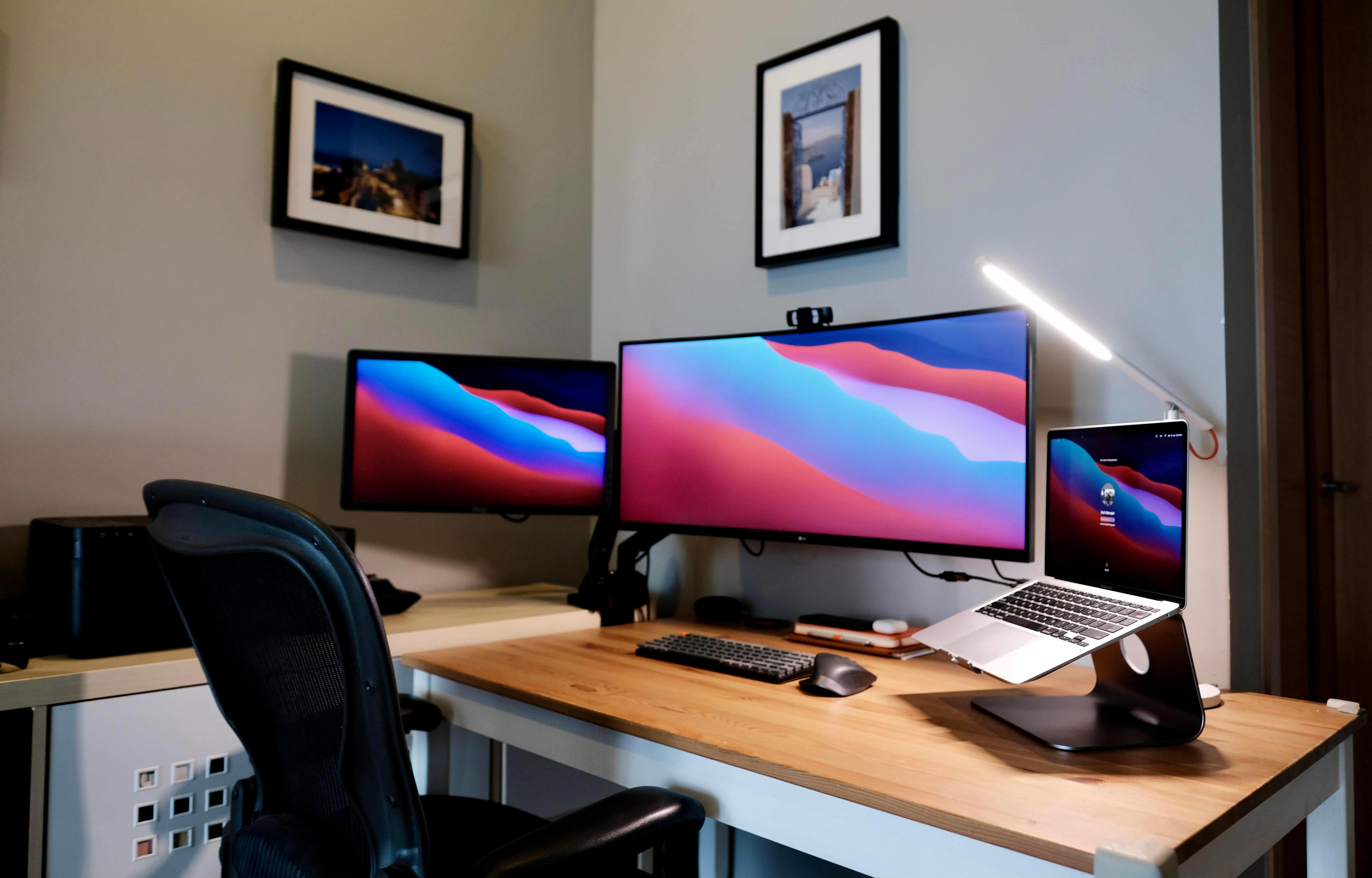When it comes to upgrading your computer, installing new RAM can improve its performance significantly. However, sometimes the installation process can go wrong, and your computer won’t start. This can be frustrating, but don’t worry, there are a few things you can check to fix the issue.
Firstly, make sure you have installed the RAM correctly. RAM modules need to be inserted into the correct slots, and you need to make sure they are firmly in place. If you are unsure about this, consult your computer manual, or look up a guide online.
If you are confident that the RAM has been installed correctly, the next thing to check is if the RAM is compatible with your computer. RAM modules come in different sizes and speeds, so it’s important to check that the new RAM matches the requirements of your computer. If the RAM is not compatible, it may cause your computer to not start, or to perform poorly.
Another issue that can arise when installing new RAM is that the computer may not have enough power to run the new module. Make sure that your power supply unit (PSU) has enough power to run all the components in your computer, including the new RAM. If your PSU is not powerful enough, you may need to upgrade it.
If none of these solutions work, it’s possible that the new RAM module is faulty. Try removing the new RAM and see if your computer starts up without it. If it does, then the RAM may need to be replaced.
Installing new RAM can be a great way to improve your computer’s performance, but it’s important to make sure the installation process goes smoothly. If your computer won’t start after installing new RAM, check the installation, compatibility, power supply, and the module itself. By troubleshooting these issues, you should be able to get your computer up and running again.

Can RAM Cause a Computer to Not Turn On?
RAM, also known as Random Access Memory, is an essential component of any computer system. It is responsible for temporarily storing information and instructions that the CPU needs to process data. In the absence of RAM, the computer cannot function properly as it relies heavily on this component to carry out its operations.
That being said, it is not entirely accurate to say that RAM can make a computer not turn on. It is possible to power on a computer without RAM, but it will not function correctly. The computer will immediately detect that there is no RAM present and will emit a series of beeps indicating that there is an error. This is because the RAM is an integral part of the boot process that enables the computer to load its operating system and other applications.
Therefore, it is safe to say that RAM is a critical component of any computer system, and without it, the computer will not function correctly. However, it will not prevent the computer from turning on altogether. It is essential to ensure that your computer has the correct RAM installed and that it is functioning correctly to avoid any issues with your system’s performance.
Consequences of Incorrectly Installed RAM
When RAM is not installed correctly, it can lead to a number of issues that can negatively impact the performance and lifespan of your PC. Some of the common issues that can arise include crashes, errors, and programs that fail to start or run properly. In addition, a poorly installed RAM module can cause your computer to freeze or become unresponsive, and may even result in data loss or corruption. To avoid these issues, it is important to ensure that your RAM is installed properly and securely and that it is compatible with your system’s hardware and software. This may involve consulting the manufacturer’s specifications and instructions or seeking the assistance of a professional technician or computer expert. By taking the time to properly install and maintain your RAM, you can help ensure that your computer runs smoothly and reliably for years to come.
Troubleshooting Issues with New RAM
If you have recently installed new RAM and it’s not working, there are a few things you can try to fix the issue:
1. Press harder when inserting modules into the memory slot: Sometimes, the RAM modules may not be fully inserted into the slots. Make sure to press down firmly until you hear a click and the clips on the sides of the slot snap into place.
2. Check for OS memory limitations: Some operating systems have limitations on the amount of RAM they can recognize. Check your system specifications and ensure that your OS supports the amount of RAM you have installed.
3. Double-check your power cords: Ensure that all power cords are properly connected and secured. Loose connections could cause power failures that prevent your RAM from working.
4. Double-check internal cables: Make sure all internal cables are properly connected and secured. Loose cables could cause power failures that prevent your RAM from working.
5. Update your BIOS: Check for any available updates for your BIOS and install them. Updating the BIOS can sometimes resolve compatibility issues with new RAM.
By trying these solutions, you should be able to resolve most issues with new RAM not working. If the problem persists, it may be worth contacting the manufacturer or seeking professional assistance.
Do I Need to Enter BIOS After Adding RAM?
After adding RAM to your computer, you do not necessarily need to go to the BIOS. However, it is recommended to check the BIOS settings to ensure that the new RAM is recognized and configured properly.
If your computer doesn’t recognize the new RAM, you may need to go into the BIOS settings and adjust the memory settings manually. You can usually find the RAM settings under the “Advanced” or “Memory” settings in the BIOS.
It is also important to check the RAM frequency in the BIOS, as it should match the frequency of the new RAM you installed. If the frequency doesn’t match, you may experience system instability or crashes.
While it is not mandatory to go to the BIOS after adding RAM, it is recommended to check the settings to ensure that the new RAM is recognized and configured properly and to avoid any potential issues with system stability.
Conclusion
The computer is an essential device that has revolutionized the way we live, work, and communicate. It has become an integral part of our daily lives, from simple tasks like browsing the internet to complex tasks like running sophisticated software programs. However, to ensure the optimal performance of our computers, we need to pay attention to vital components such as RAM, which plays a critical role in the overall functionality of the computer. By understanding the importance of RAM and ensuring that it is installed correctly, we can avoid common problems like crashes, errors, and slow performance. Therefore, it’s crucial to keep our computers up to date with the latest hardware and software updates to ensure that they continue to provide us with the best possible experience.








